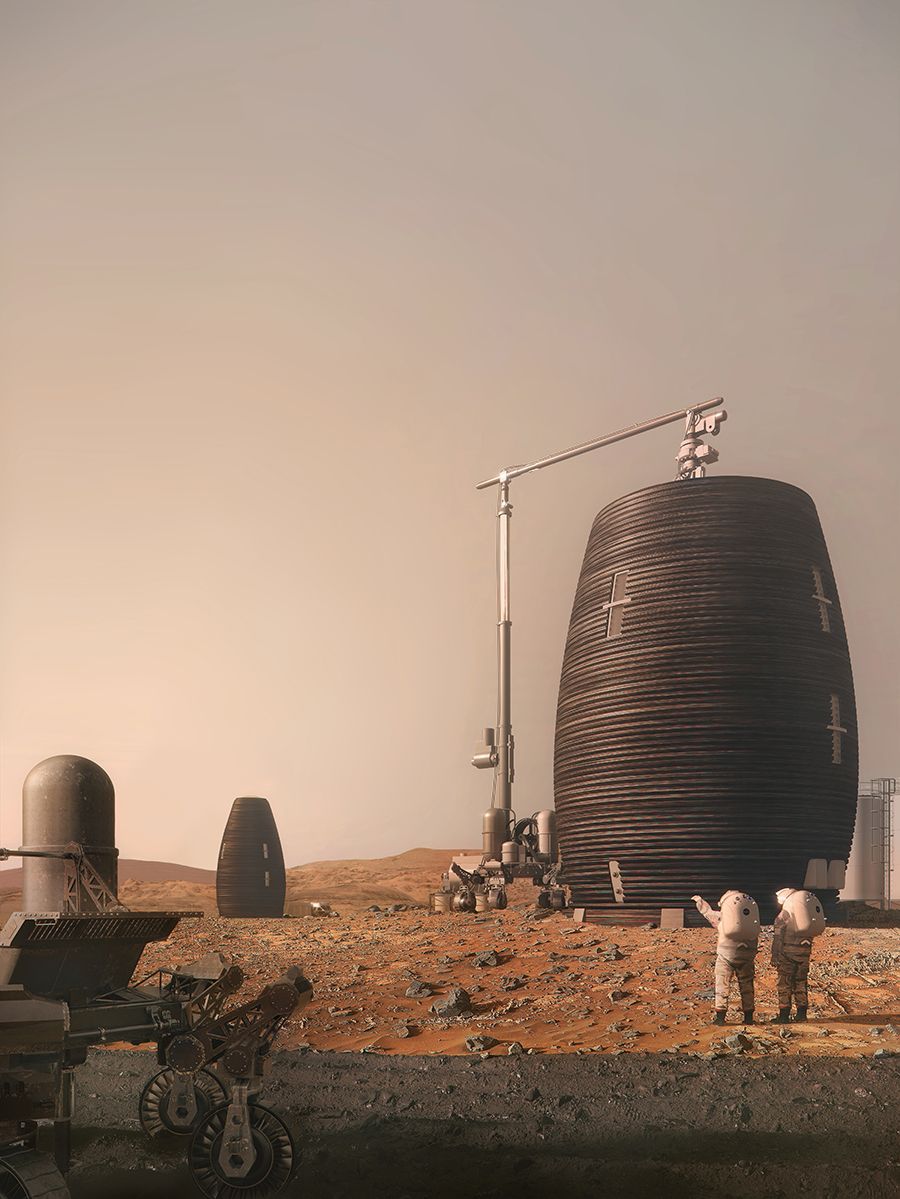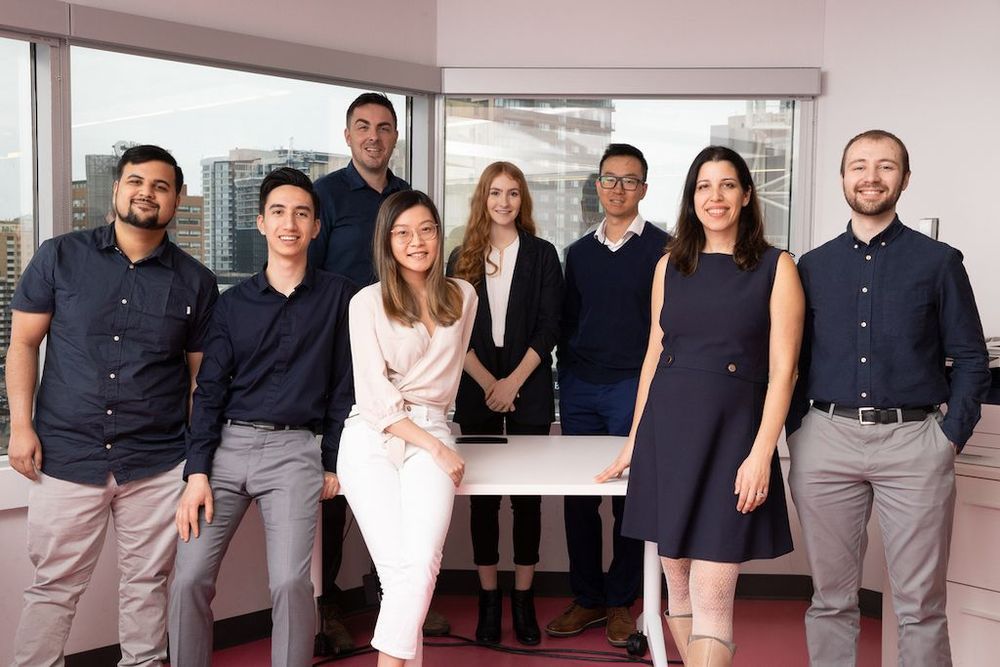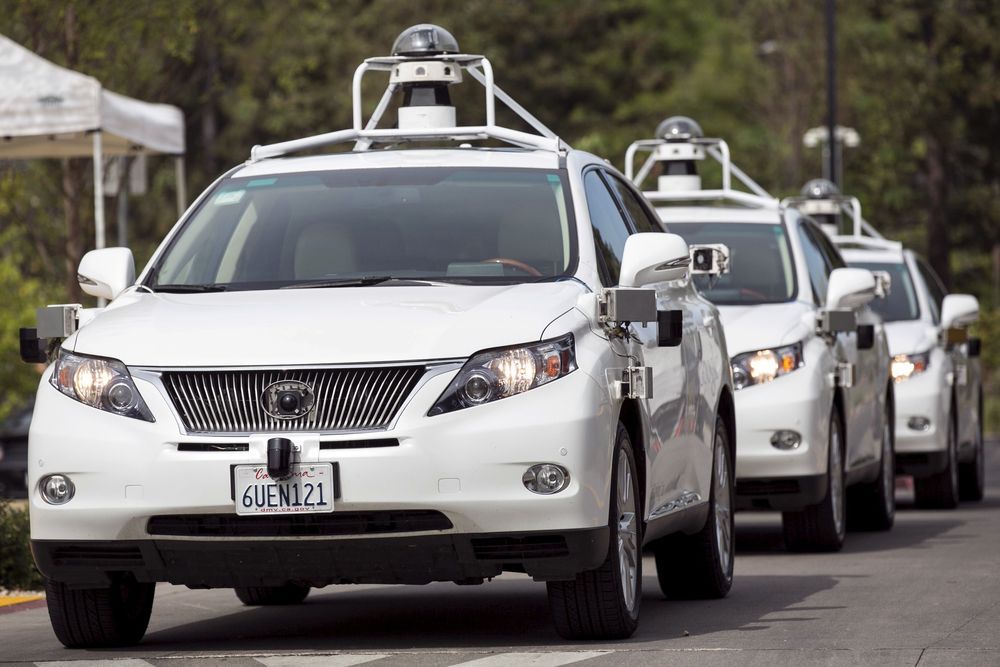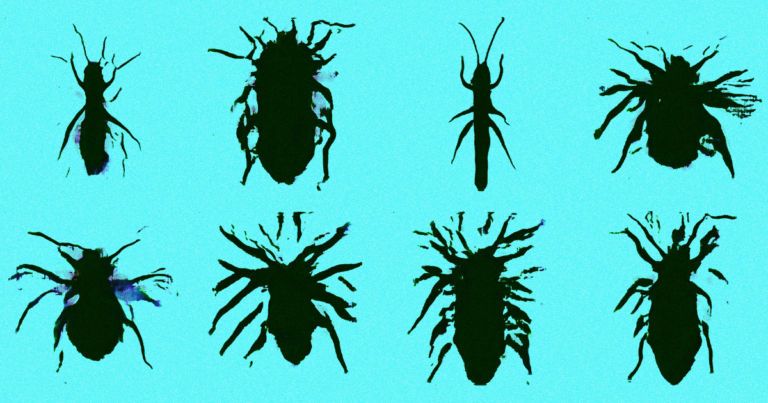Soon will be 100 percent efficient.
Researchers from the University of Liverpool have built what they call an intelligent mobile robot scientist that’s able to work continuously nearly 24 hours a day and carry out experiments o…
Soon will be 100 percent efficient.
Researchers from the University of Liverpool have built what they call an intelligent mobile robot scientist that’s able to work continuously nearly 24 hours a day and carry out experiments o…


Last week the President Council of Advisors on Science and Technology (PCAST) met (webinar) to review policy recommendations around three sub-committee reports: 1) Industries of the Future (IotF), chaired be Dario Gil (director of research, IBM); 2) Meeting STEM Education and Workforce Needs, chaired by Catherine Bessant (CTO, Bank of America), and 3) New Models of Engagement for Federal/National Laboratories in the Multi-Sector R&D Enterprise, chaired by Dr. A.N. Sreeram (SVP, CTO, Dow Corp.)
Yesterday, the full report (Recommendations For Strengthening American Leadership In Industries Of The Future) was issued and it is fascinating and wide-ranging. To give you a sense of the scope, here are three highlights taken from the executive summary of the full report:
Quantum information scientists have introduced a new method for machine learning classifications in quantum computing. The non-linear quantum kernels in a quantum binary classifier provide new insights for improving the accuracy of quantum machine learning, deemed able to outperform the current AI technology.
The research team led by Professor June-Koo Kevin Rhee from the School of Electrical Engineering, proposed a quantum classifier based on quantum state fidelity by using a different initial state and replacing the Hadamard classification with a swap test. Unlike the conventional approach, this method is expected to significantly enhance the classification tasks when the training dataset is small, by exploiting the quantum advantage in finding non-linear features in a large feature space.
Quantum machine learning holds promise as one of the imperative applications for quantum computing. In machine learning, one fundamental problem for a wide range of applications is classification, a task needed for recognizing patterns in labeled training data in order to assign a label to new, previously unseen data; and the kernel method has been an invaluable classification tool for identifying non-linear relationships in complex data.

Astrophysicians have used AI to discover 250 new stars in the Milky Way, which they believe were born outside the galaxy.
Caltech researcher Lina Necib named the collection Nyx, after the Greek goddess of the night. She suspects the stars are remnants of a dwarf galaxy that merged with the Milky Way many moons ago.
To develop the AI, Necib and her team first tracked stars across a simulated galaxy created by the Feedback in Realistic Environments (FIRE) project. They labeled the stars as either born in the host galaxy, or formed through galaxy mergers. These labels were used to train a deep learning model to spot where a star was born.



SHANGHAI/BEIJING — U.S. electric vehicle maker Tesla Inc is “very close” to achieving level 5 autonomous driving technology, Chief Executive Elon Musk said on Thursday, referring to the capability to navigate roads without any driver input.
Musk added that he was confident Tesla would attain basic functionality of the technology this year, in remarks made via a video message at the opening of Shanghai’s annual World Artificial Intelligence Conference (WAIC).
The California-based automaker currently builds cars with an autopilot driver assistance system.

Say something Eric Klien.
Given the increasing proliferation of AI, I recently carried out a systematic review of AI-driven regulatory gaps. My review sampled the academic literature on AI in the hard and social sciences and found fifty existing or future regulatory gaps caused by this technology’s applications and methods in the United States. Drawing on an adapted version of Lyria Bennett-Moses’s framework, I then characterized each regulatory gap according to one of four categories: novelty, obsolescence, targeting, and uncertainty.
Significantly, of the regulatory gaps identified, only 12 percent represent novel challenges that compel government action through the creation or adaptation of regulation. By contrast, another 20 percent of the gaps are cases in which AI has made or will make regulations obsolete. A quarter of the gaps are problems of targeting, in which regulations are either inappropriately applied to AI or miss cases in which they should be applied. The largest group of regulatory gaps are ones of uncertainty in which a new technology is difficult to classify, causing a lack of clarity about the application of existing regulations.
Novelty. In cases of novel regulatory gaps, a technology creates behavior that requires bespoke government action. Of the identified cases, 12 percent are novel. This includes, for example, the Food and Drug Administration’s (FDA) standard for certifying the safety of high-risk medical devices which is applicable to healthcare algorithms, also called black-box medicine.
